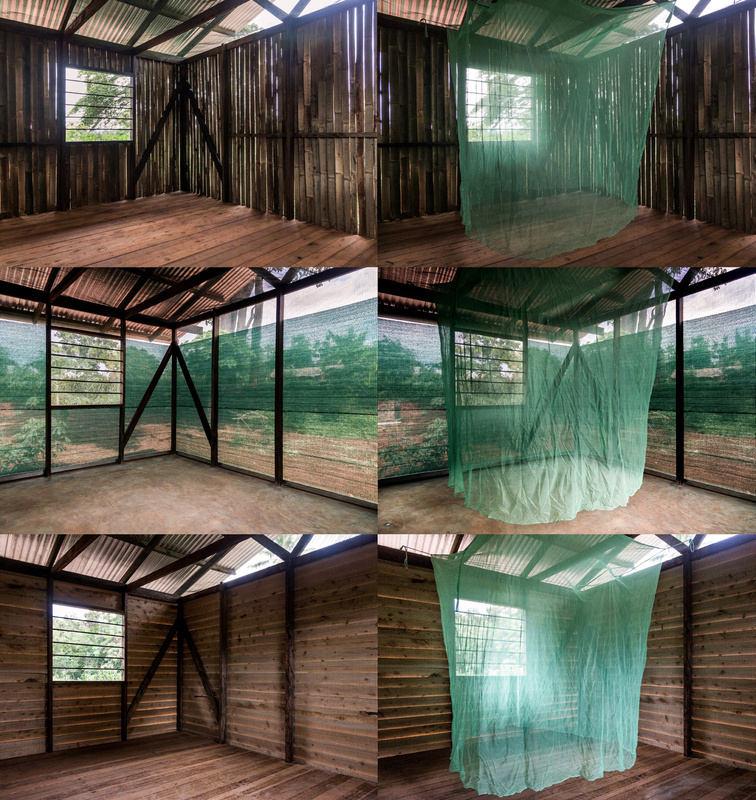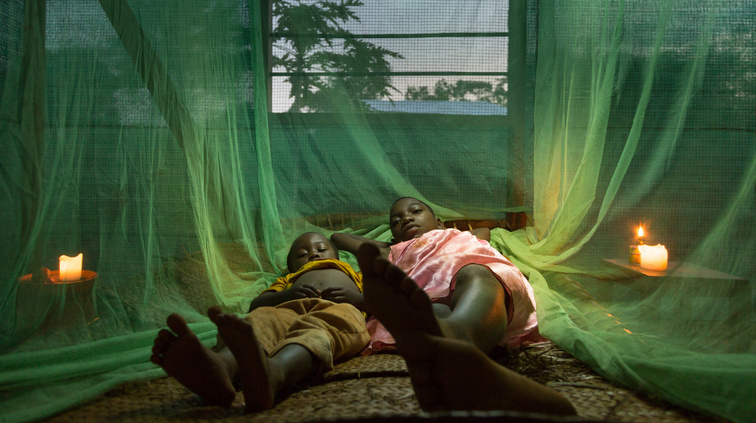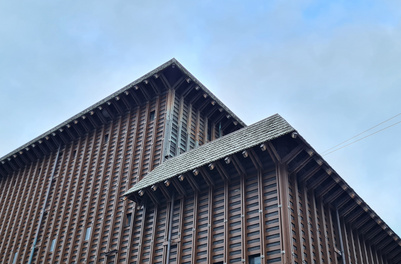Project by Jakob B. Knudsen, Lorenz von Seidlein, William N. Kisinza, Konstantin Ikonomidis, Emi Bryan, Salum Mshamu and Kiondo Mgumi from KADK, Denmark; Mahidol-Oxford Tropical Medicine Research Unit, Thailand; CSK Research Solutions, Tanzania; National Institute for Medical Research, Tanzania.
The project is a series of eight prototype homes constructed in Magoda, a rural village in Tanzania. The project explores traditional design elements of Asian and African homes to generate a variety of new and improved housing designs to minimise diseases in rural Africa, not least malaria.
In Africa, many infectious diseases, including malaria, are acquired in the home. Low-cost houses in rural Africa often have mud or brick walls with few windows. Airflow is minimal and basic facilities such as cooking areas, safe water supply and sanitation are often absent or rudimentary.

The newly designed houses were 2.3 °C cooler on average and had 86% fewer mosquitoes than traditional homes. Novel architectural design is an effective way to target domestic issues such as health, hygiene, comfort and, most importantly, diseases such as malaria which alone killed around 429,000 in 2015.







